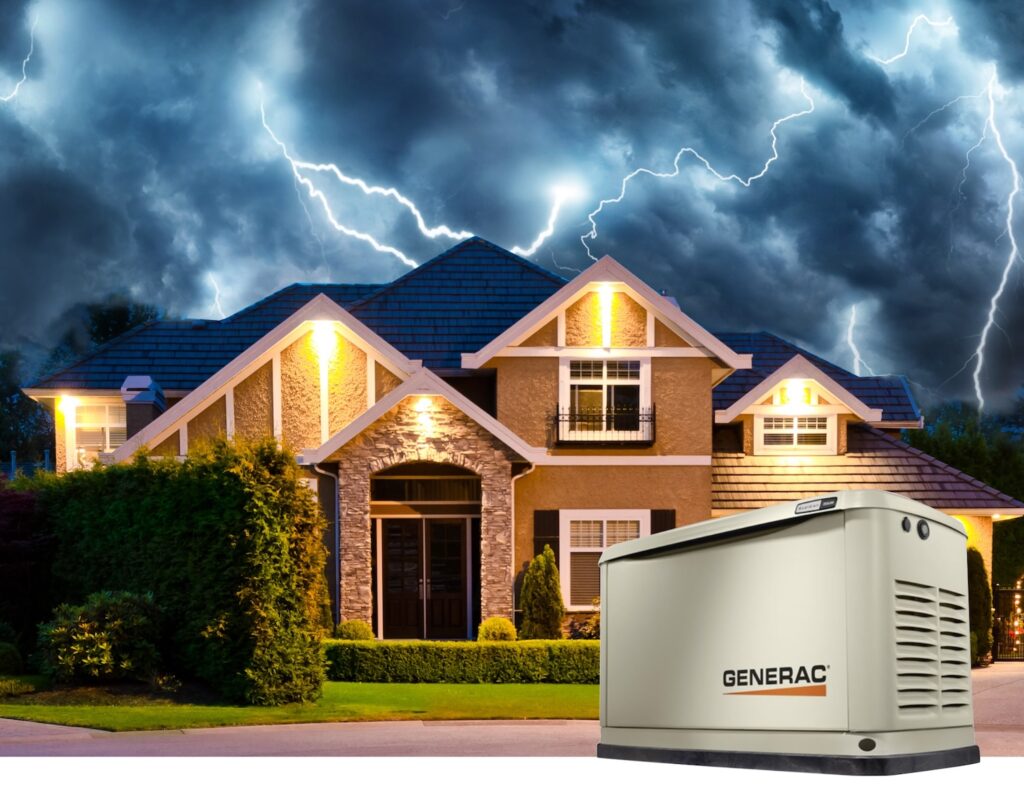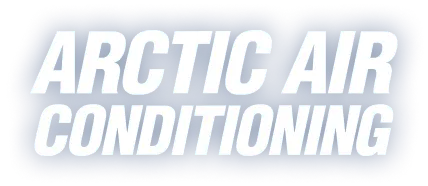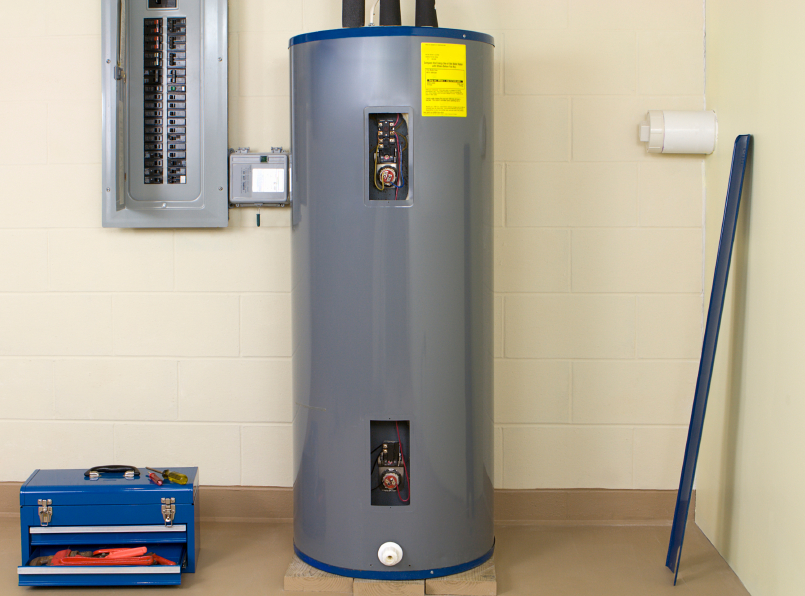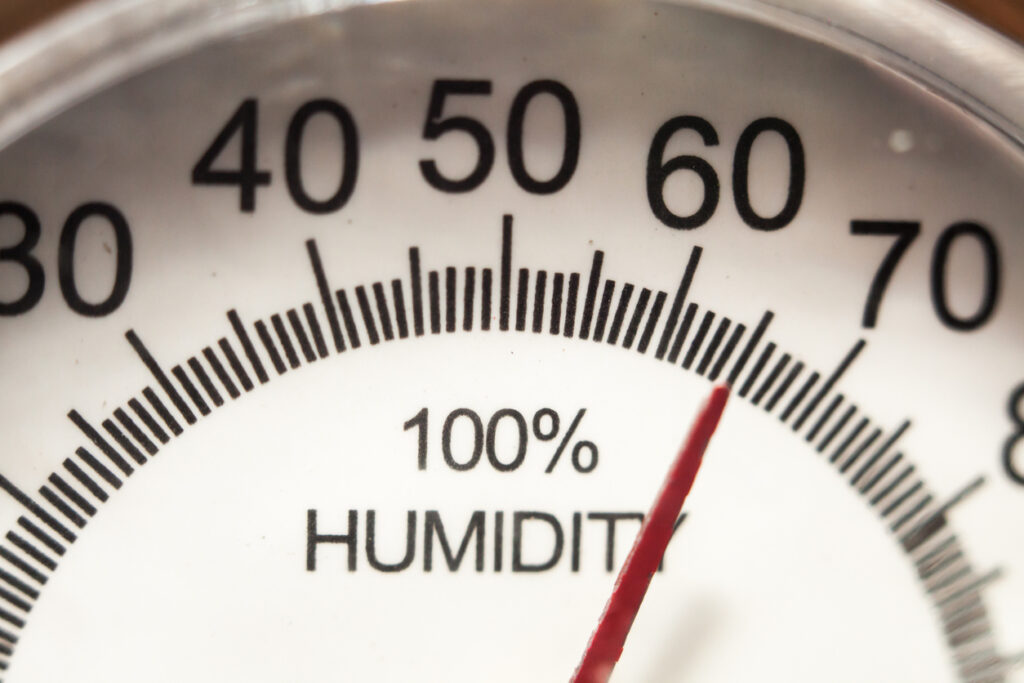
Blog
How to Choose the Right Generator for Your Home

A power outage can throw everything off—from comfort and safety to your daily routine. Whether caused by storms, extreme temperatures, or utility failures, losing power is more than inconvenient. For many New Jersey homeowners, it's a signal to take action and invest in a dependable home generator.
At Arctic Air Conditioning, we believe in helping you make informed, confident decisions when it comes to your home comfort systems. Choosing the right generator doesn’t have to be complicated - and we’re here to guide you every step of the way.
Step 1: Decide What You Want to Power
Start by thinking about your goals for backup power. Are you looking to keep just the basics running, or do you want your home to function as usual during an outage?
Powering the Essentials
A smaller generator can keep critical systems like your refrigerator, lighting, sump pump, internet router, and select outlets running. This type of setup is ideal for short outages or homes that don’t require full power backup.
Benefits include:
- Lower upfront cost
- Quieter operation
- Simpler installation
Whole-Home Coverage
For uninterrupted comfort and convenience, consider a whole-home generator system. These systems can support your HVAC, kitchen appliances, medical equipment, and more—keeping your household running like normal for as long as needed.
Whole-home generators are great for:
- Longer or more frequent outages
- Homes with high energy demands
- Families with special medical or remote work needs
Proper Sizing Matters
Choosing the right size house generator is key. An undersized unit won’t meet your power needs, while an oversized one may be inefficient. Arctic Air Conditioning offers professional assessments to calculate your energy requirements and recommend the right unit—based on your home’s electrical load and lifestyle.
Step 2: Pick the Right Fuel Type
The type of fuel your generator uses will impact performance, cost, and maintenance. Your home’s setup and access to utilities will guide your decision.
Natural Gas
- Connects directly to your home’s gas line
- Low maintenance and clean-burning
- No need for on-site fuel storage
If your home already has a natural gas supply, this is typically the most convenient and economical option.
Propane
- Stored in tanks on your property
- Efficient and clean-burning
- Ideal for areas without a natural gas hookup
Propane is a reliable choice for homes that want independence from utility lines.
Diesel
- High fuel efficiency
- Suitable for larger generators
- Requires on-site storage and maintenance
Diesel-powered systems are often chosen for their performance and durability, particularly in rural settings or for larger homes.
Not sure what’s right for you? Our experts will walk you through the pros and cons of each option and recommend what fits your home best.
Step 3: Understand the Installation Process
Installing a standby generator is more involved than plugging in a portable unit—but it’s worth it for the long-term protection and convenience.
Here’s what to expect with Arctic Air:
In-Home Evaluation
We start with a thorough assessment of your home’s layout, energy usage, and specific needs. This helps us design a generator solution that’s effective, safe, and code-compliant.
Permitting and Preparation
We handle all the required permits, inspections, and paperwork to ensure the installation meets local regulations and safety standards.
Expert Installation
Our trained and licensed technicians install your generator with precision, connect it to your home’s electrical and fuel systems, and test it to make sure everything functions as it should.
We’ll also walk you through how to operate and maintain your system so you feel confident and prepared.
Why Choose a Standby Generator Over a Portable One?
While portable generators can offer a quick fix, standby generators are a smarter, more permanent solution for whole-home reliability.
Standby generators offer:
- Automatic activation when the power goes out
- Hands-off operation—no need to fuel or set up during a storm
- Full integration with your home’s electrical system
- Better safety—no risk of carbon monoxide indoors or tangled extension cords
When every second counts, you want peace of mind—not extra stress.
Trust Arctic Air Conditioning for Reliable Backup Power
Choosing the right generator doesn’t have to be overwhelming. At Arctic Air Conditioning, we bring decades of experience, trusted expertise, and a commitment to customer-first service to every installation.
We’ll help you:
- Understand your power needs
- Choose the best model and fuel type
- Handle permitting and installation
- Keep your system running with ongoing support
Since 1977, we’ve built our reputation on dependable service and quality solutions that put your family first.
Ready to Take the Next Step?
Don’t wait for the next power outage to start thinking about protection. Let Arctic Air Conditioning help you stay safe, comfortable, and connected with a standby generator tailored to your home.
Contact us today to schedule your in-home consultation. We’ll answer your questions, explain your options, and deliver the reliable backup power your home deserves.
Frequently Asked Questions
Prices typically range from $5,000 to $15,000 depending on the size, fuel type, and installation complexity. We provide honest, upfront pricing so you know exactly what to expect.
- Natural gas: As long as the gas supply remains active
- Propane or diesel: Usually 24–72 hours on a full tank, depending on usage
Yes, with the right size system and professional installation, your generator can seamlessly power your entire house.
Yes. Like any mechanical system, standby generators need periodic maintenance to ensure they’re ready when you need them. We recommend an annual inspection to check fuel lines, filters, batteries, and overall performance.




